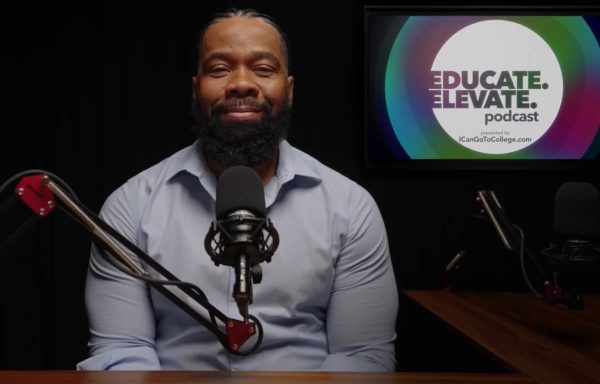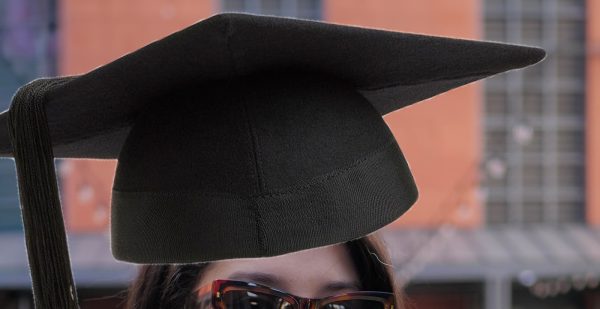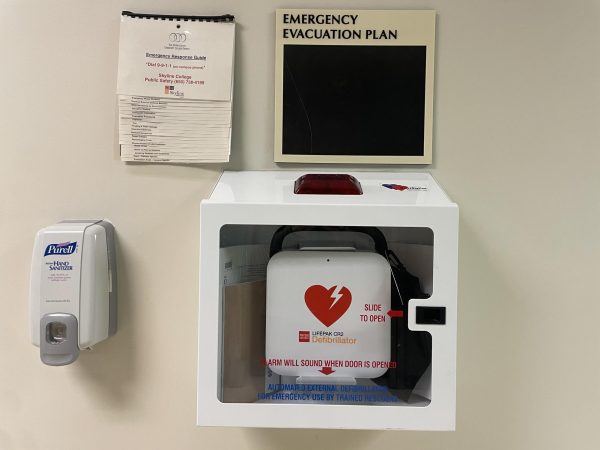The truth about fake news
The media landscape is constantly changing but with the explosion of technology and social media that has come in the last few decades, some print newspapers have struggled to keep up. Millennials are using technology more than ever and many are getting their news through social media platforms such as Twitter, Snapchat, and Facebook. However, with Trump’s claim that many news organizations are coming out with “fake news” it has led to widespread doubt about the credibility of the news that comes across people’s screens.
Biology student Rima Pascual says she gets her news through Twitter and Snapchat, but she has mixed feelings about the news she finds on social media.
“I feel like a lot of it is fake, unless a big mass of people believe it,” Pascual said.
Tarek Atshan, whose major is undeclared, said he looks at news on websites like The Washington Post and The New York Times.
“It’s easy and credible,” he said. But he doesn’t talk about news in his day to day life. He said he “almost never” talks about news with people and the only person he talks about current issues is with his dad. When it comes to news on social media, Atshan says he doesn’t rely on it especially when “it’s hard to tell if it’s real or fake”.
When asked if he stays informed, Atshan said he does, “It’s important but I don’t know why”.
Former journalist Wanda MacClarin might know why since she spent at least 25 years working as a journalist at newspapers such as The San Francisco Chronicle, The Examiner, The Oakland Tribune, Contra Costa Times, and The Alameda Newspaper Group.
Fake news first came to the public consciousness when President Trump called out CNN for being “fake news” earlier this year at his first press conference since Election Day. President Trump has called out several news organizations for spreading “fake news” in spite of the factual findings of their stories.
Encouraging his followers to boycott “fake news” organizations can be dangerous. MacClarin finds this dangerous because the President “discredits genuine information that has been vetted.”
In her decades of working as a journalist MacClarin said, “I’ve never seen anyone deliberately lie. I never saw a conspiracy to lie. Everyone was desperately concerned with getting facts correct to get the most complete picture.”
When it comes to news on social media, MacClarin said, “It’s a tremendous danger to the whole society. One paragraph of news gives the illusion of being well-informed.”
Another reason MacClarin is wary of news on social media is she thinks it sensationalizes issues and can cause public panic with clickbait headlines. “Print newspapers don’t give in to that. They don’t get paid per click.”
She says print newspapers are “accurate down to the nuance, and have as much information as possible in the headline so they are not sensationalist and don’t initiate fear or panic” in readers.
“It’s easy to be lied to when you’re ignorant. Uninformed masses can change history.”















joe • Dec 10, 2017 at 7:53 pm
nice points – i think this attack on truth, by calling factual stories “fake news”, is very dangerous to us and the world. when “alternative facts”(untrue/false), based on what someone believes, are used as basis for real policies…we are in trouble. at this point in time we should be way past this. we have a president that campaigned on “drain the swamp”, while at least taking every step necessary to use foriegn help(not proven yet… but every call, meeting, and public release happened, could just be a coincidence), now all of the regulatory chair positions are held by a top ranking members of the lobbying opposition, and all media is deemed “fake”, except one outlet that has a wildly different view of reality. we are in a sad place. i think its pretty easy to see what is going on, if we just look at who benefits from the “news” reported. one side benefits the american people, and the other side benefits certain people. it still amazes me what people will believe, when the real facts are openly available to the public…if they just looked